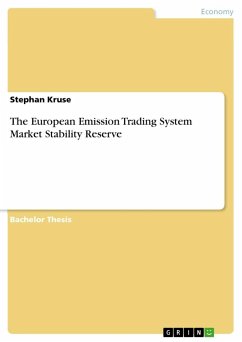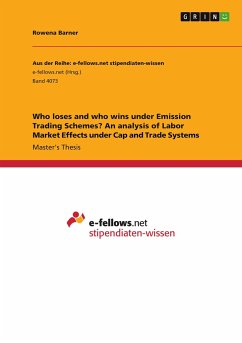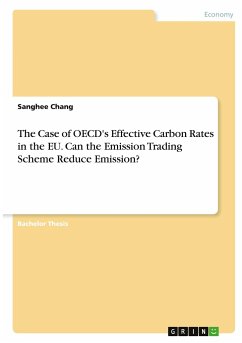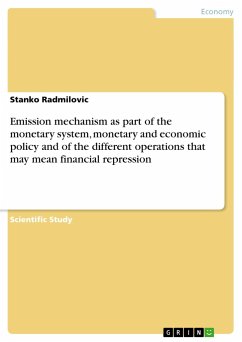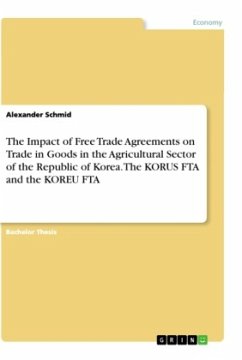Bachelor Thesis from the year 2023 in the subject Economics - Other, grade: 2,3, Humboldt-University of Berlin, language: English, abstract: Introduced in 2015 by the Council of the European Union (EU) and the European Parliament and put into effect in 2019, the Market Stability Reserve (MSR) was introduced as a central tool to regulate the flaws of the cap-and-trade Emission Trading System (ETS) of the EU. The EU set the goal to reach the climate targets from the Kyoto protocol decided upon in 1997 as well as the Paris agreement adopted in 2015 regarding the reduction of their greenhouse gas emissions (GHGs). Purpose was not only to lower emissions but to achieve this in the most cost-effective and coordinated way. As the largest emission trading system in the world, the EU ETS covers 30 countries and around 10,000 facilities. In total, 40% of the emissions of these countries are covered by the ETS. Recent efforts of the EU¿s Green Deal intend to increase the environmental ambitions of the EU even more and reform the MSR along its ¿Fit for 55 program¿ . The MSR plays a significant role in this reform and has been used as the central regulating tool in order to improve structural supply-demand imbalances since its implementation. The goal of this thesis is to outline in what regard the Market Stability Reserve is helpful within the EU ETS to get closer to the EU¿s most recent environmental goals and what changes could be made to make it more efficient. In the second chapter, the EU¿s sustainability intentions as well as the EU ETS in general will be outlined. The third chapter, will describe the function and mechanisms of the MSR composition in detail as well as what the intentions behind its implementation and changes were as it has considerably changed its structure since its creation . Chapter 3 will also describe and illustrate the market mechanisms of the MSR graphically from a micro economic aspect. Chapter 4 will present four different phenomena of the ETS and highlight how they impact and influence the MSR and how conversely the MSR influences them along with a specific example. The 5th chapter will discuss proposed changes that could help it become more efficient as the system is constantly changing and new reforms are already expected. Chapter 6 will look at future possibilities of the ETS complementing or replacing the MSR. In chapter 7, the core findings of this paper are discussed before concluding the most relevant findings in chapter 8.

